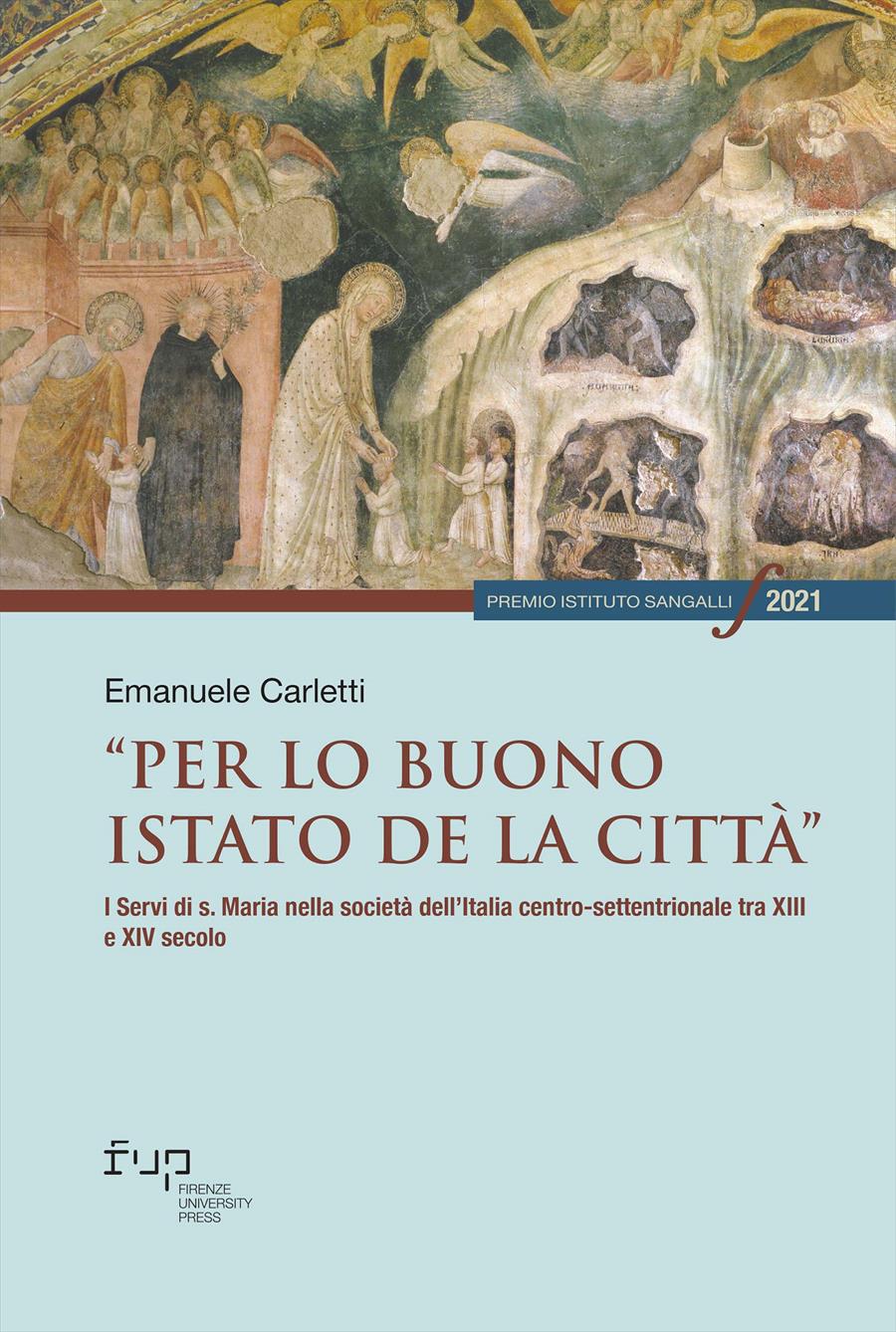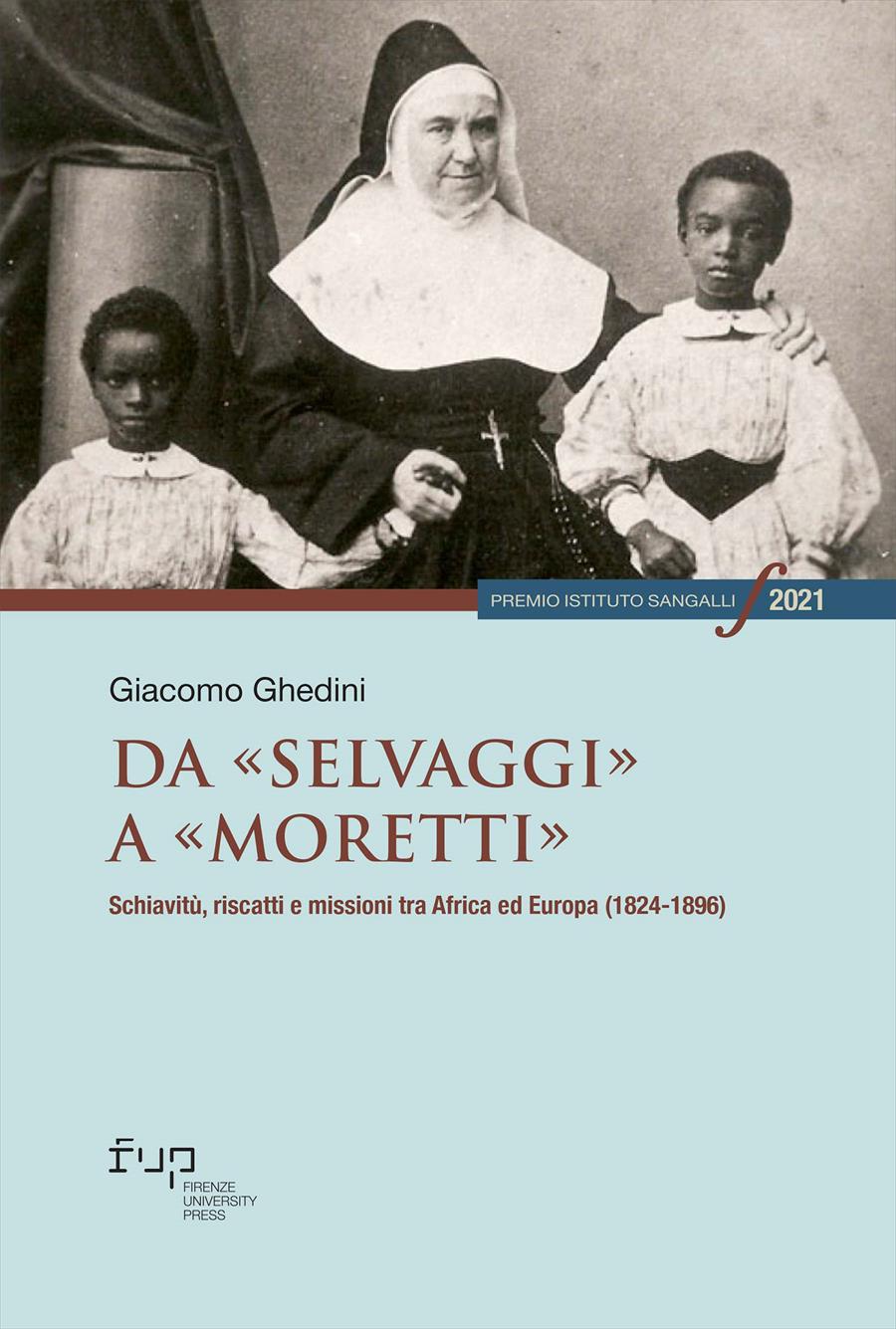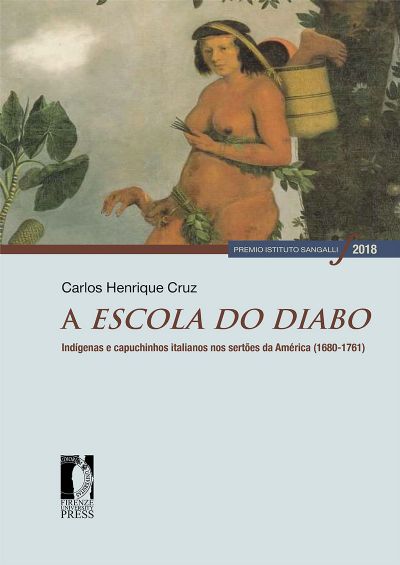This research aims to contribute to the study of the current of non-violence in Islam. A phenomenon often considered extraneous to the heritage of this religion, it nevertheless has several examples of commitment, among whom the Syrian preacher and theologian Ǧawdat Saʿīd (1931-2022) deserves particular attention. Central to our work is a reconstruction of his biographical profile as well as an analysis of the development of his theoretical framework over time. Initially a follower of the salafiyyah and then close to the Islamist movement, Saʿīd played a pioneering role in promoting non-violence as the sole modus operandi of an Islamic activism oriented towards the establishment of global peace and justice. Drawing on a social and anthropocentric reading of the Quran, Saʿīd aims to demonstrate that this is the true meaning of revelation and the purpose of the divine eschatological project.
Paola Pizzi
Le chemin d’Abel
Firenze University Press 2024










